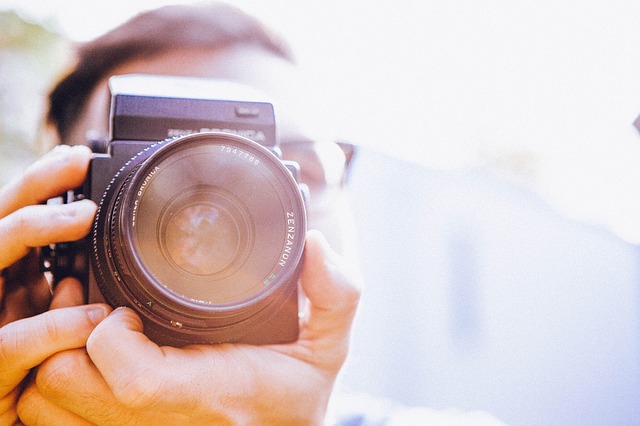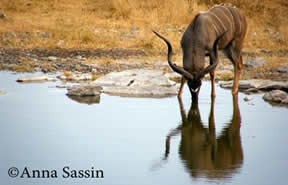Protecting your Intellectual Property as a Photographer (by Robert Kramers)

This is a guest post from Robert Kramers. If you want to write an article for SAR just contact me (Andrea) at sonyalpharumors@gmail.com. Thanks!
–
Protecting your Intellectual Property as a Photographer
It goes without saying that photographs are the most important part of a photographer’s job.
The images they snap are what gets them recognition and ensures that the bills are paid at the end of the month. Therefore, as a photographer it is vital that you preserve these images – stamp them with a mark of your identity and let the world know that they’re yours.
Protecting your intellectual property applies perhaps more to photographers than to any other art form. Everyone knows that they can’t use and resell music without the permission of the artist, just as much as they know that they can’t use and resell works of art, novels or even articles, but in the modern age – mainly thanks to social media and the popularity of “picture posts” and of sites like Instagram – photographs are being widely used without the permission of the photographer.
A pitcure is worth 1000 words, as they say – and it’s true. Being able to capture moments with no more than a lens and an eye for some detail is truely a powerful art in itself. Images, photographs and pictures resonate with human beings on almost all emotional levels. It’s for that reason that professional photograhpers are so often sought after and why many of us as individuals like to capture those photo book moments.
Photography and Copyright
As a photographer you have as many rights as a musician or a writer, and the way you safeguard your work from copyright theft, and the way you claim ownership of said work, is exactly the same for you as it is for them. Essentially as soon as the work is created then the copyright is established. So, from the moment you snap that picture, then the copyright has been created. The trick is for you to then prove that the work is yours, which can be done in a number of ways
- If you have the original photograph still stored on the camera then this might be all the proof you need, a negative of the photograph will work in the same way.
- Embedding copyright details into your images with the use of EXIF data is possibly one of the best ways as it is hidden from the untrained.
Avoid having to take action
If anyone uses that image without your permission then you are in a position to take legal action against them, although this doesn’t have be the first move that you make and there are likely to be simpler ways to resolve any issues.
Many instances of copyright “theft” are mistakes made by innocent members of the public. Sending them a email that lets them know that you own the image and you want them to take it down, is often all that is required. If they refuse, then you could take matters further. Of course, if someone is actively selling your image then you should take immediate action.
To stop any ”accidental” theft, you can add trademarks and copyright notices to your images, known in the industry as watermarks. This will stop the casual user from stealing your images, and the ones who do will often just leave your trademark in. There are, of course, those who will just crop the picture to remove it, and to stop this there are more elaborate trademarks that you can use where the name of the owner, or a single word or logo, is superimposed / watermarked over the image to render it useless to anyone who intends to steal it for their own gain.
Sure, there are of course ways around this, but these are not commonly known and take a lot of time to execute, so you are limiting the amount of people who can and will steal your images.
Watermarking images with logos.
Example:

Adding trademark or copyright notices to the bottom of your images.
Example:

Finding and proving it!
Checking to see if your photographs are being used without your permission is easier these days, thanks to Google Image Search.
There are also companies out there that will provide this proof for you and work on behalf of many artist mediums. They work by asking you to upload your files (images, documents, etc) which are then stored on a database. If a problem arises and proof is needed, they can access that database to provide proof of when the image was taken and when it was uploaded, which is usually all that is required. These can be costly though and often you can replicate these services by simply creating an email account and then mailing all of your work to that account.
Robert Kramers (robertkramers.com).


